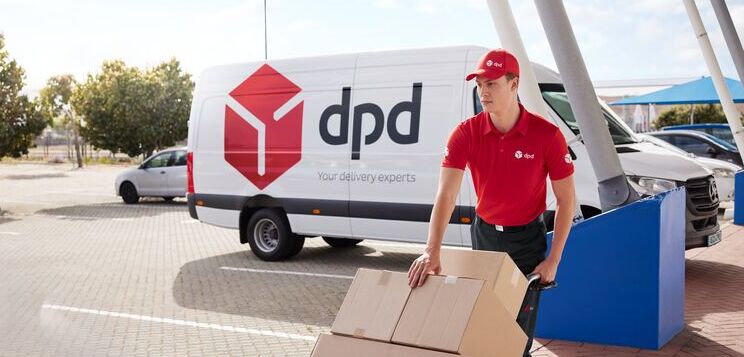It was a pleasure to attend this month’s Supply Chain Insights Summit in Philadelphia. The conference, organized by Supply Chain Shaman Lora Cecere and her team, was structured around a compelling theme: “imagine the supply chain of 2030.” In this blog post, I’ll summarize some key learnings I drew from the event and share some insights on Demand Driven supply chains and the industry’s technology landscape.
 Let’s start with digital transformation
Let’s start with digital transformation
The underlying theme in all presentations, and my conversations at the event, was digital transformation. Not digitization, but rather using the latest technology to deliver supply chain transformation. It’s clear that industry professionals recognize that supply chains:
- Are becoming increasingly complex
- Are exposed to increasing variability
- Must be adaptable and agile
- Require more robust risk management enabled through what if’s, simulations, and scenarios
There is an appetite to embrace new technologies to create value in the supply chain. Companies are looking at two in particular: Prescriptive Analytics and Machine Learning.
Technology and priorities
Prescriptive analytics and Machine Learning were cited as priorities and key enablers to becoming adaptive and agile at the Supply Chain Insights event. Several presentations delved into how these two technologies support each other, the main takeaway for me was the role machine learning could have in closing the gap between prescriptive analytics and execution. One use case I found particularly interesting was using data coming out of AI and Machine Learning (pattern recognition) to create what-if scenarios and actionable insights on the fly. Augmented decision making was an expression used on several occasions to describe this capability.
Another crucial aspect that was mentioned when it comes to technology was making it relevant and appealing to millennials. For this generation, social media is the norm for communication and collaboration. Teams are looking for solutions that incorporate social. Integrating Yammer to track the collaboration process during S&OP is a good example.
Expectations from technology vendors
Supply chain professionals are looking for easy-to-use software. They consider simplicity crucial to foster self-enablement. They also prefer SaaS models that place a strong focus on innovation. New features and capabilities are expected as part of the package – much like you’d expect Netflix to constantly refresh their content offering.
Other major topics: S&OP and Demand Driven
As always, S&OP was a hot topic at the Supply Chain Insights conference. Research shared by APICS suggested that the biggest impact on revenue, total SC cost, inventory, and adaptability is the capability to successfully link S&OP to daily/weekly tactical planning & execution. This absolutely resonates with my own experience and new approaches such as DDMRP have a crucial role to play here.
Nick Lynch from Shell Lubricants made a compelling case for DDMRP. He described how the buffer strategy from DDMRP is used to create the capability to cope with expected demand (the output from S&OP), whilst allowing the daily execution processes to be driven by real demand. If you want to learn more about this, you can get the gist of the presentation in this great podcast.
Knowledge about the Demand Driven methodology was highly sought after. There was so much interest in this topic that an impromptu panel discussion was created. I was invited to be part of the panel and contributed my own learnings after implementing Demand Driven at BT. I talked about the change management challenge in what is a major paradigm shift in how supply chain planning is approached. I also addressed how the S&OP process changes – translating business policy & strategy into supply chain policy & strategy, and finally into buffer strategies. The Demand Driven Adaptive Enterprise framework proposed by the Demand Driven Institute creates some really exciting opportunities on how to leverage the power of S&OP. I’m equally excited, now that I’ve joined AIMMS, to develop the analytics capabilities to help supercharge this process.
If you’re interested in learning more about the Demand Driven methodology and driving supply chain transformation with prescriptive analytics, please feel free to contact me. And if you’d like to hear more on my reflections on the demand driven transformation journey I led at British Telecom I’ll be speaking at Demand Driven World in October.





